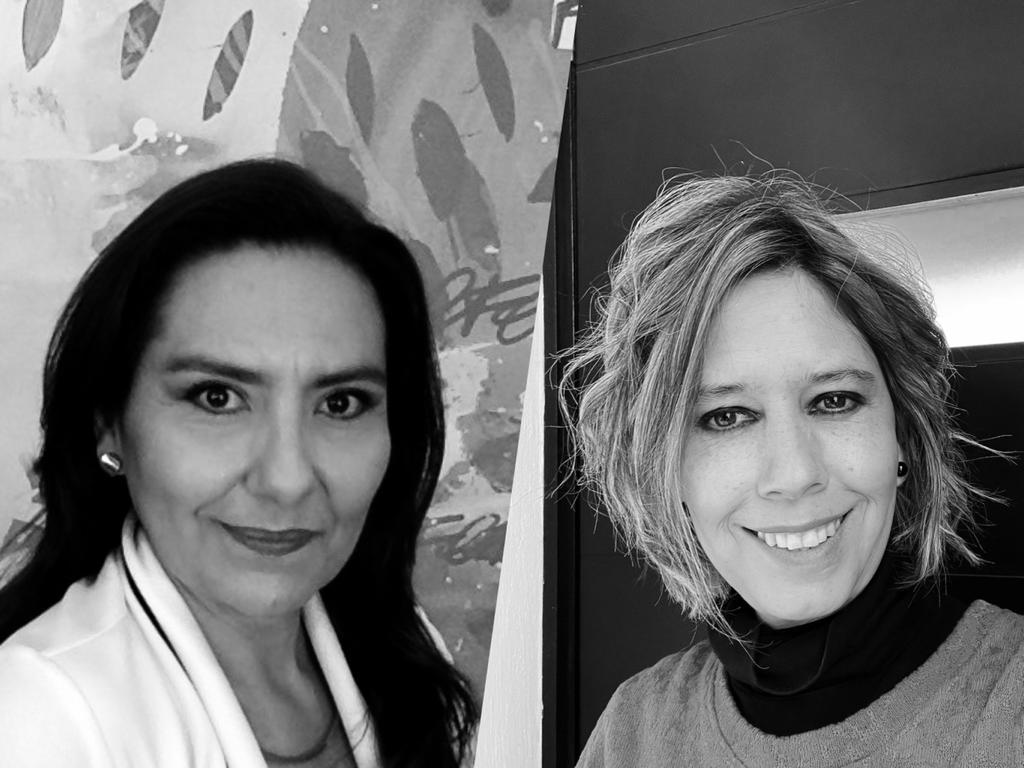Competences of the communicator to face organizational problems
Main Article Content
Abstract
The world is facing a health crisis that has sparked a revolution focused on social learning, a sense of community and the appreciation of people. In this environment, organizations must take advantage of the richness of their diversity and their capacity for collaboration as instruments of sustainable competitiveness. For this, a communication professional capable of interpreting situations, capitalizing on imaginative potential and executing coordination skills with the other is required. In this sense, based on the model of competencies and the dimensions of the communication phenomenon, on the one hand, generic competencies of the communicator are proposed in organizations around analytical capacity, creative ability and the management of collective intelligence; and on the other hand, professional competencies that should emphasize the dimensions of interaction and social structuring, which will allow them to build social networks to respond to current challenges.
Downloads
PLUMX Metrics
Article Details

This work is licensed under a Creative Commons Attribution-NonCommercial-NoDerivatives 4.0 International License.
The author keeps the property rights with no restriction whatsoever and guarantees the magazine the right to be the first publication of the work. The author is free to deposit the published version in any other medium, such as an institutional archive or on his own website.
References
Bono, E. (2016). El pensamiento creativo. El poder del pensamiento lateral para la creación de nuevas ideas. Paidós.
Galdeano, C., y Valiente, A. (2010). Competencias profesionales. Educación química, 21(1), 28-32. http://www.scielo.org.mx/scielo.php?script=sci_arttext&pid=S0187-893X2010000100004&lng=es&tlng=es
Galindo, J. (coordinador). (2007). Comunicación, Ciencia e Historia. Fuentes científica históricas hacia una Comunicología Posible. McGraw-Hill.
Huda, M., Qodriah, S. L., Rismayadi, B. L., Hananto, A. L., Kardiyati, E. N., Ruskam, A. N., y Nasir, B. M. (2019). Towards Cooperative With Competitive Alliance. Creating Business Value and Competitive Advantage With Social Entrepreneurship. Business Science Reference, pp. 294-317.
Morin, E. (2020). Cambiemos de vía. Lecciones de la pandemia. Paidós.
Moya, J. (2019). Un Sistema Nacional de Competencias para Alinear los Aprendizajes Esenciales a lo Largo de la Vida. Información Comercial Española Revista de Economía, 910, 117-130. https://doi-org.proxydgb.buap.mx/10.32796/ice.2019.910.6922
Nalebuff, B. J., y Brandenburger, A. M. (1997). Co-opetition: Competitive and cooperative business strategies for the digital economy. Strategy & Leadership, 25(6), 28. https://doi-org.proxydgb.buap.mx/10.1108/eb054655
Paul, R., y Elder, L. (2013). Critical Thinking: Intellectual Standards Essential to Reasoning Well within Every Domain of Human Thought, Part Two. Journal of Developmental Education, 37(1), 32-33. https://eric.ed.gov/?id=EJ1067269
Pérez, R. A. (2018). Estrategar. Vivir la Estrategia. Argentina. Universidad Lomas de Zamora.
Ramírez, J. V., y Rincón, A. E. (2019). Genealogía del pensamiento creativo y su necesidad en la realidad universitaria. Revista Sophia, 15(2), 79-97. https://doi-org.proxydgb.buap.mx/10.18634/sophiaj.15v.2i.946
Surowiecki, J. (2005). Cien mejor que uno: La sabiduría de la multitud. Urano.
Sutcliffe, R. (2011). Matthew Lipman (1923-2010). Thinking Skills & Creativity, 6(3), 143-145.
Tapscott, D. (2015). Grown Up Digital: How the Net Generation Is Changing Your World. Education Review, [S.l.], junio 2015. https://edrev.asu.edu/index.php/ER/article/view/1265
Unesco. (2005). Hacia las sociedades del conocimiento. Informe Unesco.://unesdoc.unesco.org/ark:/48223/pf0000141908.locale=es
Vergara, S. (2015). Construir inteligencia colectiva en la organización: una nueva manera de entender y gestionar el clima laboral para alinear el bienestar de las personas con la gestión de la empresa. Ediciones UC.
Villamizar, G. (2016). La Creatividad desde la Perspectiva de Estudiantes Universitarios. Revista Iberoamericana sobre Calidad, Eficacia y Cambio en Educación, 10, 2.
Vizuete, L., Indacochea, A., y Hormaza, Z. (2016). La universidad y su formación curricular basada en las competencias. Dominio de las Ciencias, 2(2), 291-304. http://dx.doi.org/10.23857/dc.v2i2.169

